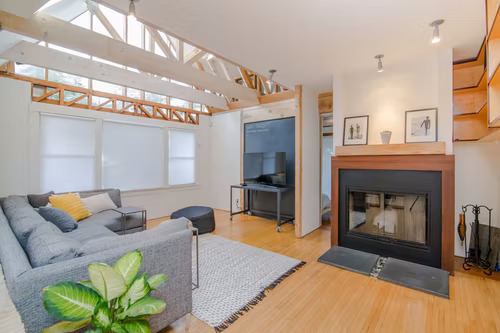The benefits of natural light are numerous. It helps lower energy bills, improves productivity, and can even prevent the development of certain diseases and disorders. Natural light contains vitamin D, which is essential for the absorption of calcium and promotes bone growth. It also helps prevent certain types of cancer, heart disease, and depression. Additionally, natural light is safer than fluorescent bulbs. If you’re considering switching to natural light in your home, read on.
Lack of natural light can contribute to a weakened immune system. Those with poor immune systems are at a higher risk of developing colds and other infections, resulting in missed days at work and other setbacks. Children are also affected by lack of sleep and may even fall asleep at school. In addition to reducing these side effects, natural light is important for the development of your children’s eyes.
The primary advantage of natural light is that it is free. However, it may not provide enough illumination as an artificial source. Instead, it should be used to accent or illuminate the subject or scene. This method is used frequently in nature photography and documentary photos. Natural light can be hard to control and has inconsistent quality. The light may also vary at different times of day. Consequently, natural light may not be suited for every photographer.
While natural light is better than artificial lighting, it is important to remember that the disadvantages of natural lighting can be offset by poor planning. The proper planning and use of natural light can improve a home’s appearance and health, but there are some drawbacks. Direct sunlight can cause glare, which may affect health and comfort. It can also fade colors. A few things to keep in mind when designing your home.
See the infographic from Global Tint UK for more info about Bristol Window Tinting and Window Tinting Exeter.

